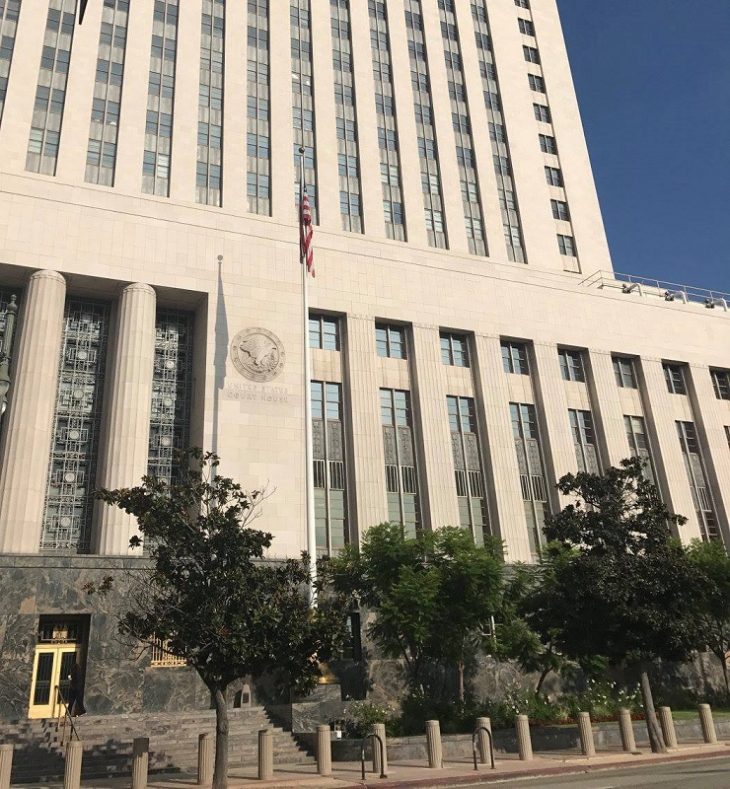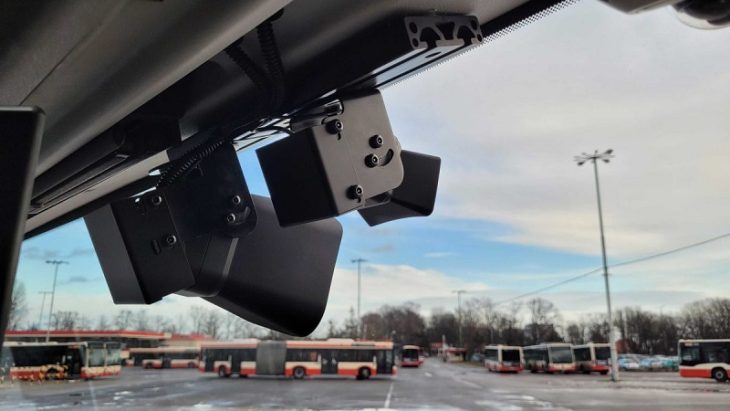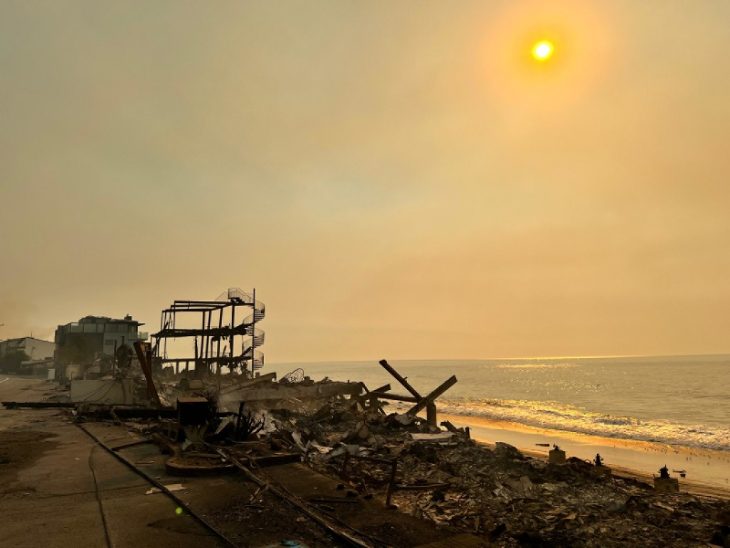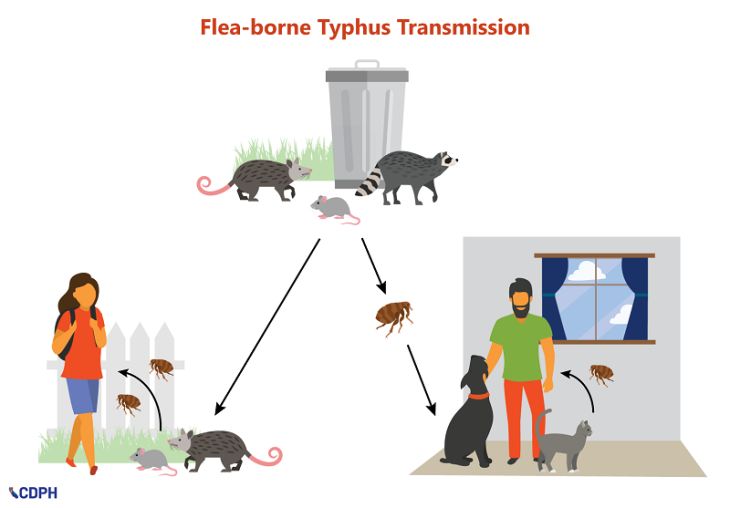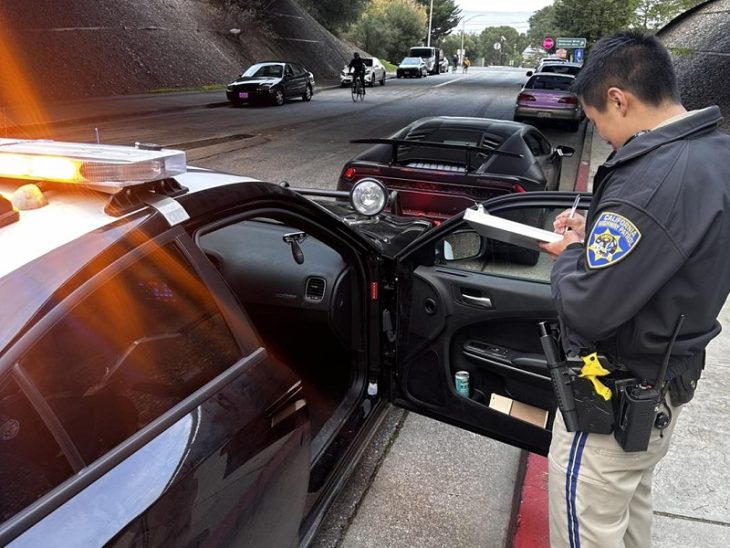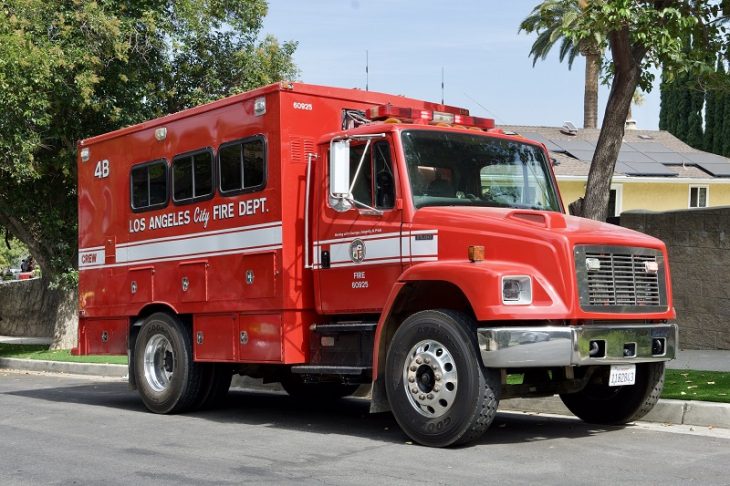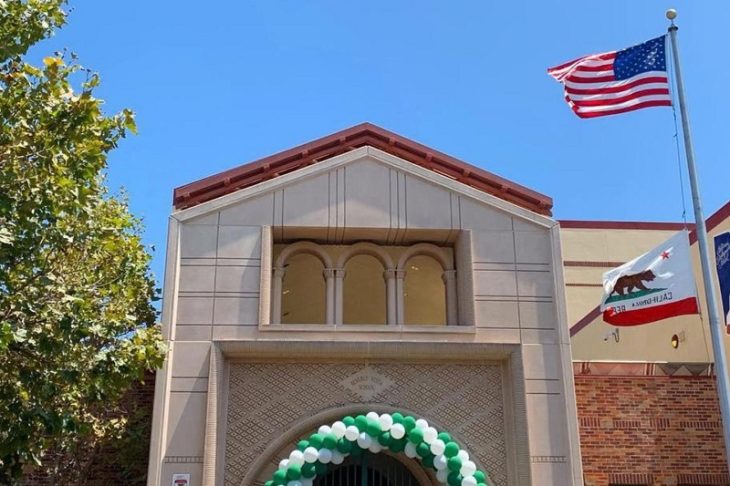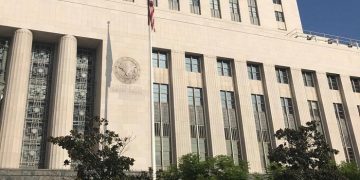State Clears Over 5.5 Billion Pounds of Debris From Fires Ahead of Schedule
Marking six months since the devastating Eaton and Palisades fires, California Governor Gavin Newsom announced on Monday that debris removal efforts across more than 10,000 fire-damaged properties are now substantially complete, representing what officials call the fastest major disaster cleanup in U.S. history.
Newsom, alongside local officials, also signed an executive order aimed at expediting the rebuilding of homes and schools in affected areas. He introduced a “blueprint for recovery,” a comprehensive plan designed to guide communities through reconstruction, accelerate permitting, and provide sustained support for families displaced by the fires.
To date, close to 161 permits have been issued, while more than 640 plan check applications have been submitted by those hoping to build.
According to the Governor’s Office of Emergency Services (Cal OES), crews have cleared debris from 9,195 properties since cleanup operations began, with several hundred more awaiting final erosion control work and clearance. The program, jointly led by Cal OES and the U.S. Army Corps of Engineers, with assistance from FEMA, Los Angeles County, and the City of Los Angeles, was completed months ahead of schedule.
Cleanup operations also concluded at several educational campuses in the area, including Palisades Charter High School, Palisades Elementary, and Marquez Elementary School.
Of the 12,048 properties destroyed in the twin fires, 9,873 property owners enrolled in the state-federal cleanup program at no cost, while 1,982 opted for private remediation. Property owners who did not choose either option are now subject to city- or county-led abatement enforcement, which is currently underway.
Crews have removed over 2.5 million tons (5.5 billion pounds) of ash, debris, and hazardous materials—an amount comparable to twice the debris cleared from Ground Zero after the 9/11 attacks. Officials likened the volume to the weight of 92 Statues of Liberty.
In a move to accelerate the rebuilding process, Governor Newsom signed an executive order suspending various state and local regulations. Key provisions include:
- Permitting Relief: Suspends local permitting rules and zoning laws in areas impacted by the fires, enabling faster approvals for rebuilding efforts.
- CEQA and Coastal Act Waivers: Expands environmental and coastal regulation exemptions to streamline both residential and public school reconstruction.
- Solar Requirements Adjusted: Homeowners rebuilding are temporarily exempted from installing rooftop solar and battery storage systems, though homes must still be built “solar-ready” for future upgrades.
- Building Code Freeze: Delays implementation of new statewide building codes scheduled for January 2026, providing consistency for rebuilding homeowners while maintaining fire safety standards.
To sustain momentum, the state released a 120-day recovery plan focusing on near-term priorities. The blueprint emphasizes coordination between local governments, state agencies, and community stakeholders to:
- Assess and define the immediate needs of fire-affected neighborhoods
- Streamline rebuilding for homeowners, renters, and local businesses
- Communicate clearly with residents about timelines and available support
- Lay out actionable next steps for recovery across jurisdictions
By the numbers
- 16,000 first responders and recovery personnel deployed
- $2.5 billion in Small Business Administration Assistance approved.
- $144.2 million in individual assistance disbursed
- $100 million in dedicated community partnerships through LA Rises
- 40,000 total visitors to disaster recovery centers
- 30 days to clear the properties of hazardous waste
- 9,195 properties cleared of debris
- 2,300 homes cleared of debris
- 12,500 right of entry forms submitted
- 8 of 8 schools resumed in-person instruction
- 9 of 9 water systems reactivated

